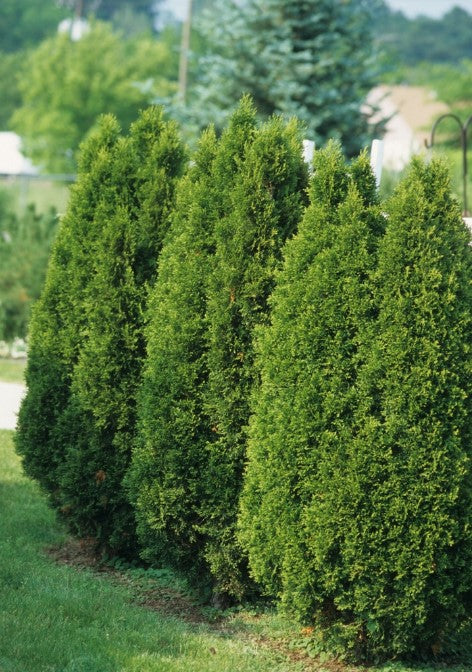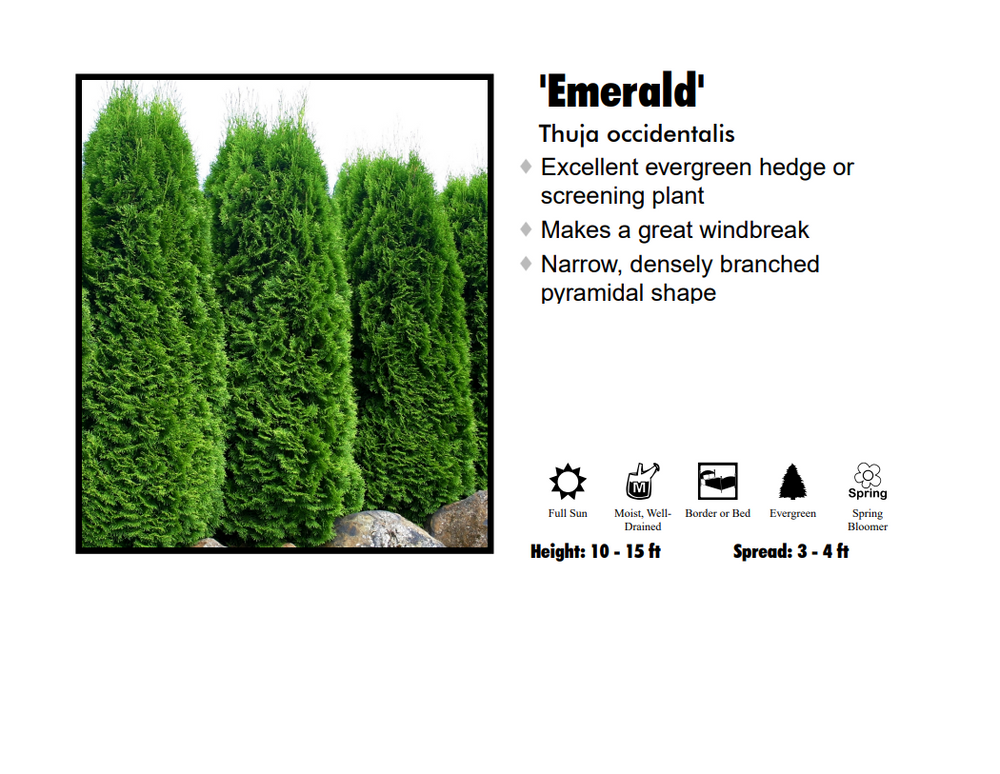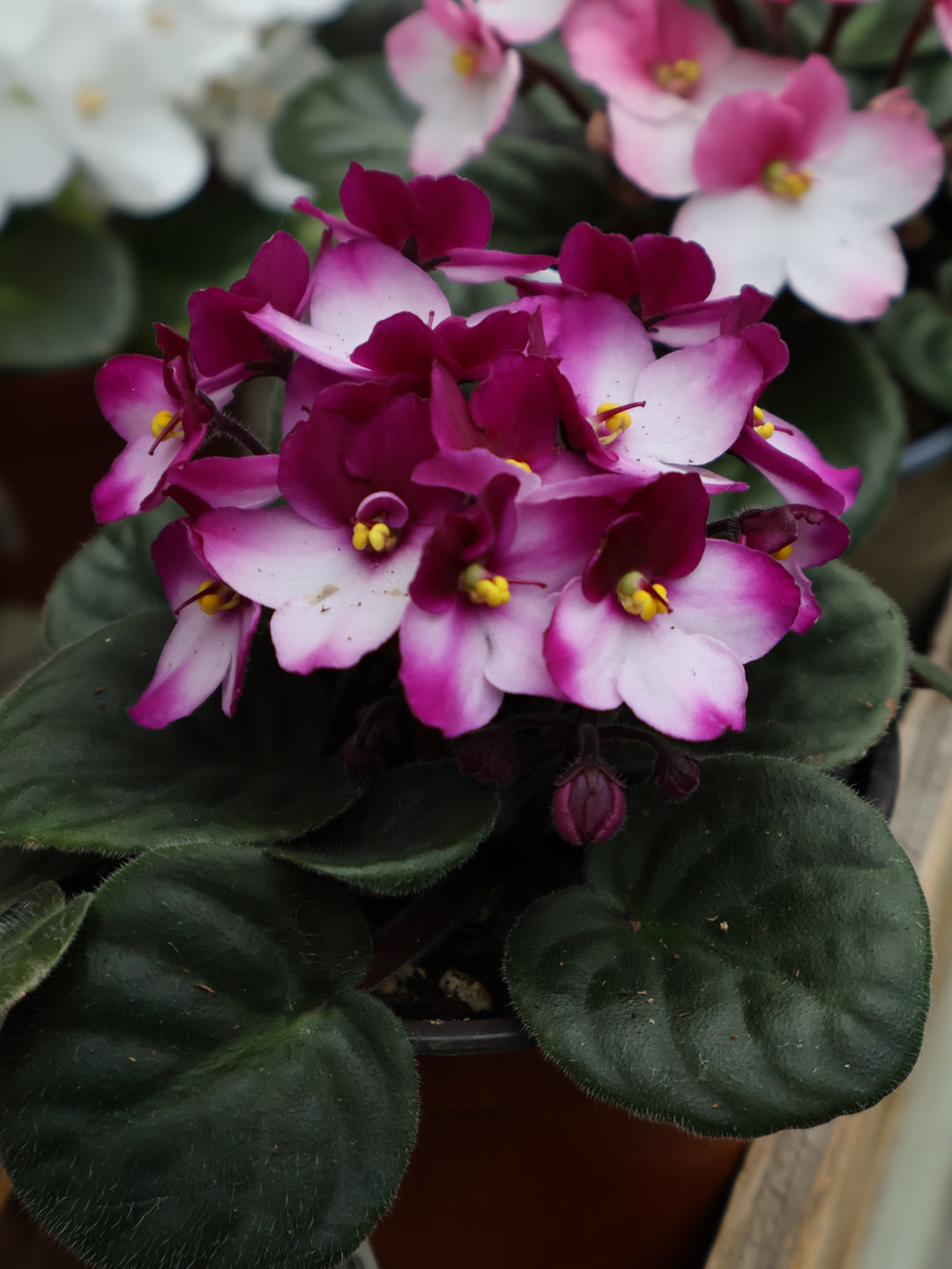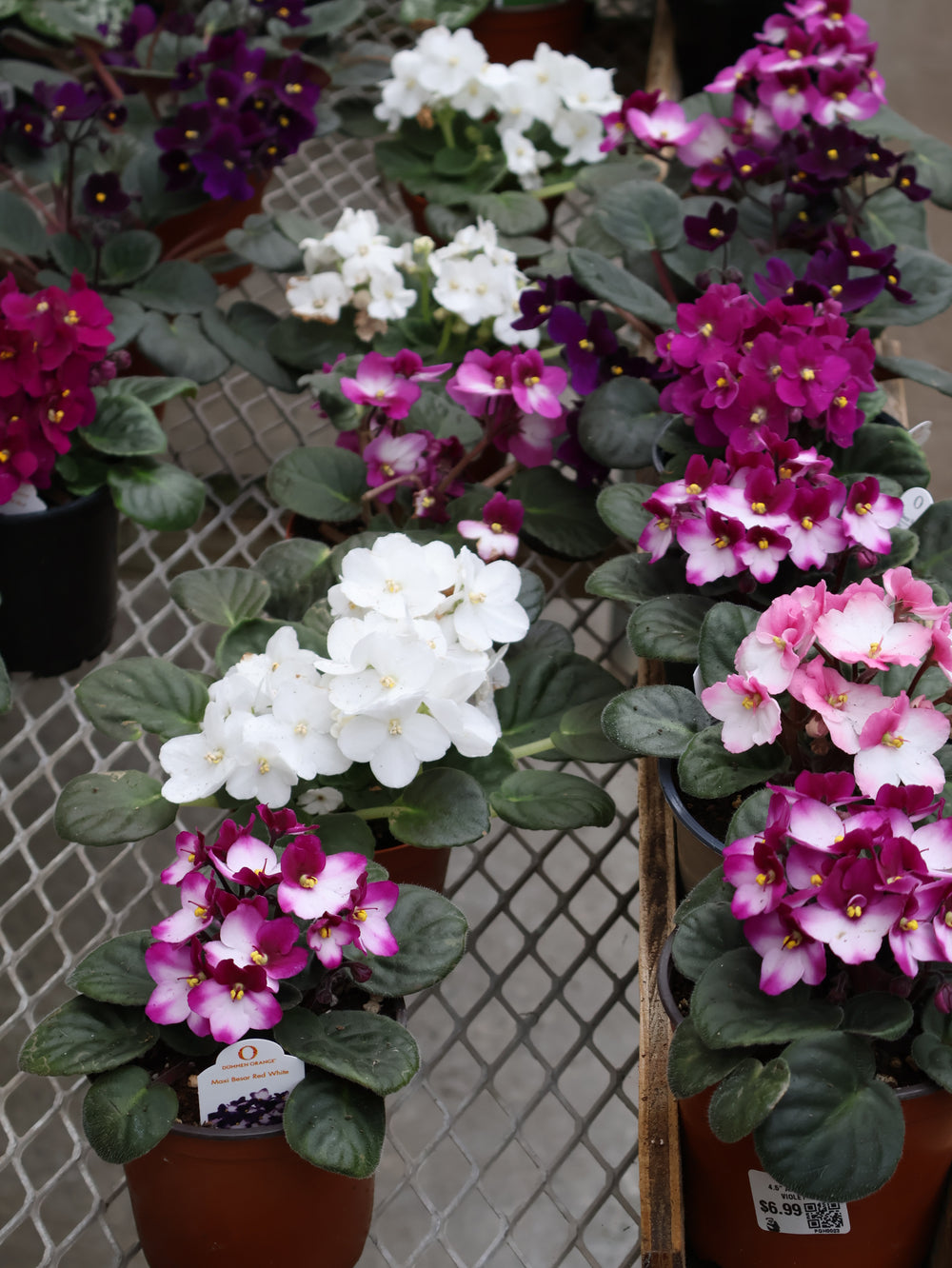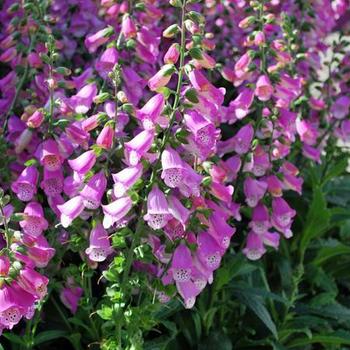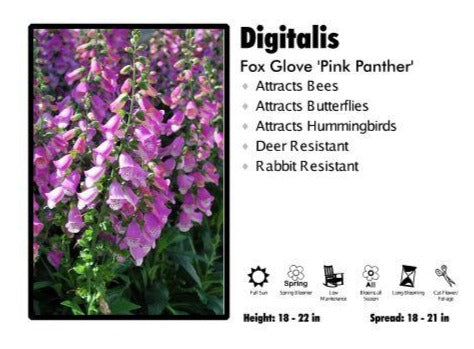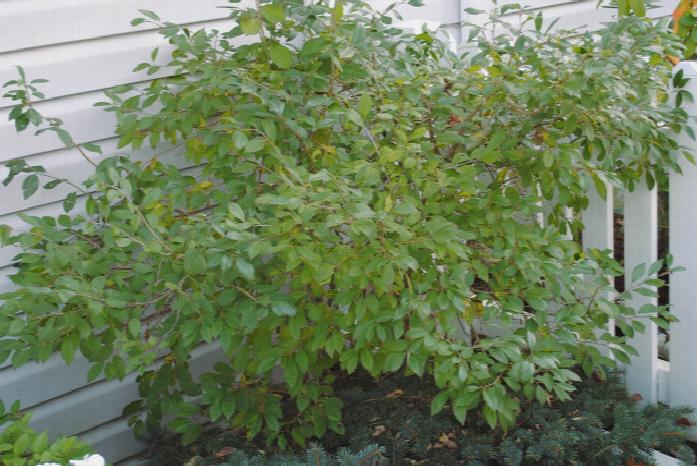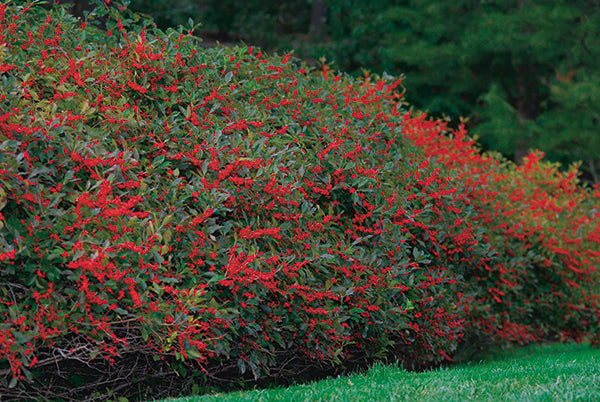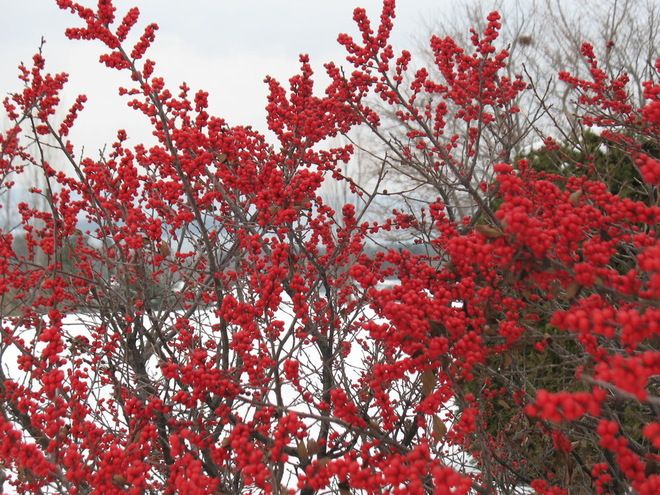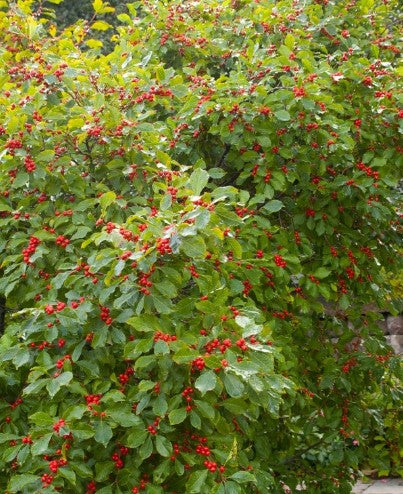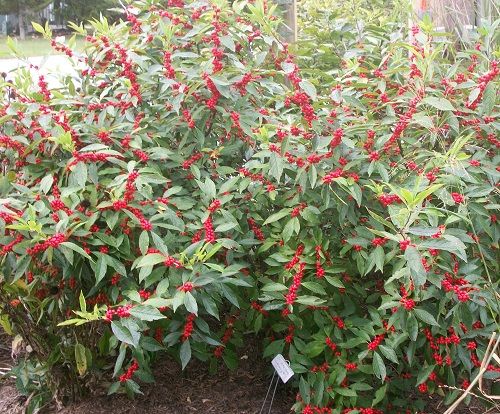
Winterberry - Southern Gentleman
Easily grown in average, acidic, medium to wet soils in full sun to part shade. Adaptable to both light and heavy soils, but prefers moist, acidic, organic loams. Good tolerance for poorly drained soils including wet boggy or swampy conditions (this species is native to swampy areas of Eastern North America). Winterberries are dioecious (separate male and female plants). Only fertilized female flowers will produce the attractive red berries that are the signature of the species. Generally one male winterberry will be sufficient for pollinating 6-10 female plants. Flowers appear on new growth. Prune to shape in early spring just before new growth appears.
Noteworthy Characteristics
Ilex verticillata, commonly called winterberry, is a deciduous holly that is native to eastern North America where it typically occurs in swamps, damp thickets, low woods and along ponds and streams. The form of this plant found in Missouri is Ilex verticillata var. padifolia, which occurs in “shut-ins”, granite rocky stream beds and sandstone bluffs in only 4 counties in the southeastern part of the state (Steyermark). This is a slow-growing, deciduous shrub with an upright-rounded habit that typically grows 3-12’ tall. In the wild, it often suckers to form large thickets or colonies. Elliptic to obovate, toothed, dark green leaves (2-3” long). Fall color is usually negligible, but in some years leaves may turn attractive shades of maroon. Relatively inconspicuous greenish-white flowers appear in the leaf axils in late spring. Flowers, if properly pollinated, give way to a crop of bright red berries (1/4” diameter) in late summer to fall. Berries are quite showy and will persist throughout the winter (hence the common name) and often into early spring. Berries provide considerable impact and interest to the winter landscape.
- 🛒 In Stock – Pickup Available, Shipping on Select Items (Excludes Plants)
- Please Wait for Ready for Pickup Notification after Placing an Order. Thank you!



